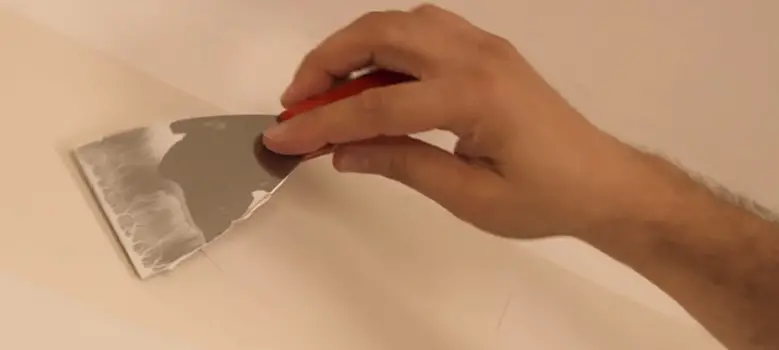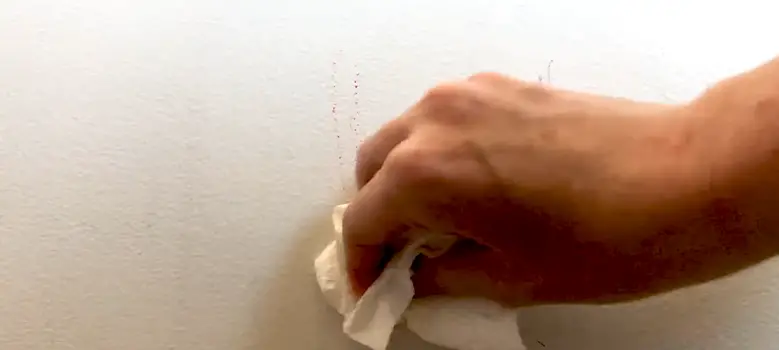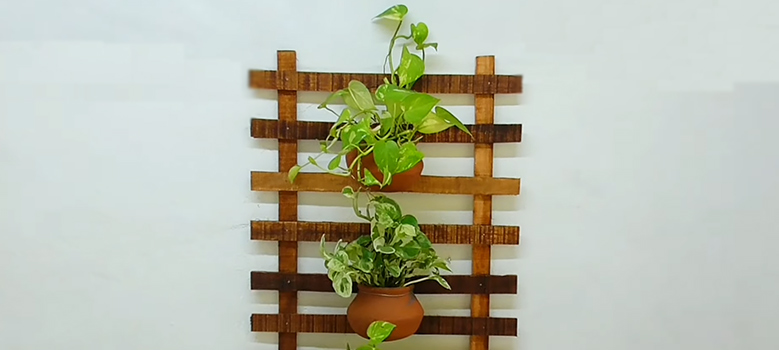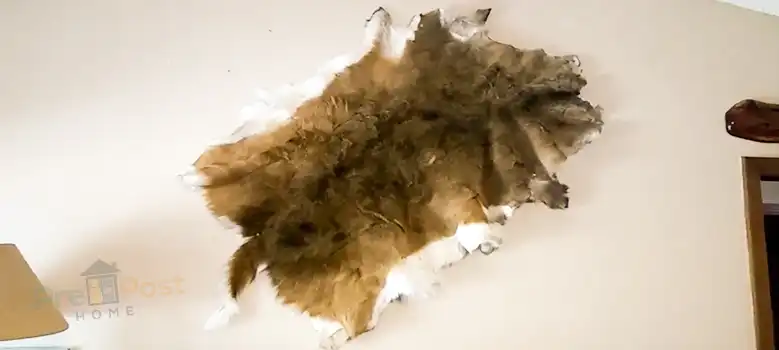Suppose your dog has scratched your wall. You probably have a question about how to fix the damage. What is the proper way to repair paint that pets have damaged? There are different types of paint damage, some of which only affect the surface and others much more profoundly. We will take a look at each class separately. This article will examine each method, the tools to fix paint scratches on walls, and some beneficial hints.
Best Ways to Fix Dog Scratch Marks on The Wall
It is not uncommon for homeowners to face a dilemma. It has been difficult for them to keep the walls of their home clean and free of scratches. What is the best way to fix scratches on a wall? It is possible to repair paint scratches on a wall is possible using a few methods. These methods will show you how to refinish pet-damaged walls by sanding, spackling, priming, and painting them.
Method 1
It is imperative to determine if a mark on the wall is a scratch or a scuff before deciding how to go about touching it up. It takes effort to remove scratches from a wall; sometimes, they have already become holes in the drywall. Dogs leave scuffs on walls when they walk around. You can tell if a mark on a wall is a scratch or a scuff by running your hand over it. Scuffs feel smooth, while scratches feel like paint is missing.
Method 2
Depending on how deep the scratch is, there is a wide range of time it takes to fix a scratch on a wall. The depth of the scratch will determine which compound to use to fix it. Filling a deep gouge in the drywall with spackling is necessary if it is a deep gouge.
Method 3
A scratch on the wall that has turned into a large gouge needs spackling compound applied. You will need the following materials and tools:
- A sanding sponge
- A putty knife
- Lightweight Spackling paste
- Primer
- Paint
The repair method is relatively straightforward. First, use a putty knife to remove the old paint and level the area. Cover the scratch with spackling compound using a putty knife and a small site around the scratch. If necessary, let it dry and repeat. Apply paint that matches the rest of the wall once the paste has dried.
Method 4
For minor wall scratches, toothpaste is a suitable compound to use. To use this method, you will need:
- A dry sponge
- White toothpaste (generic is fine)
- A Toothpick or cotton swab
- A Flat edge table knife or putty knife
Clean the area with a scraper to ensure that there is no debris or dust in the area. Next, squeeze some white toothpaste onto a cotton swab if the scratch is slightly larger or a toothpick if the hole is tiny. Push a small amount of toothpaste into the scratch using a small amount around the hole. After smoothing the toothpaste flush with the wall, use a flat-edged table knife or a putty knife. Then, let toothpaste dry before painting on primer and matching paint.
Method 5
Use a course sanding block (or sandpaper) to eliminate high spots and debris. You can use a hair dryer to speed up the process. Fill in the holes with spackle and let dry. If you need to make three passes, enlarging the area slightly each time, keep the spackle smooth with this layer and every subsequent layer.
Warnings
Painting over the filler is easy to hide deep scratches on a painted wall. However, stained or plain walls are more difficult to maintain. If you don’t wait until your dog has conquered the urge to scratch before you treat the wall, you’ll have to varnish or repaint it again and again. You should keep your pets away from the wall while the new coat dries after you have repainted it.
What Are the Top Tips for Dealing With Dog Scratches?
Fixing a Scratched Door
Identify the damage by assessing it. The easiest way to treat light scratches is to sand down the damaged area, clean it, and then repaint it. However, deeper scratches will require more thorough treatment. You can mask deeper scratches by sanding off the paint around the damaged area (and even untouched wood) and using a wood filler. Repaint the wall after the filler has dried.
Choosing the Right Colors
You can use gel stains if you can’t find paint that matches the original color perfectly. Blend them to get the closest match you can. Blend colors by starting with a lighter stain and gradually darkening it. Correcting a too-light color is more straightforward than lighting one that is too-dark.
Then, feather the paint into areas with the original stain once you’ve found a good match. See how it looks after it dries. The gel may have a dull finish compared with the paint on the wall. You can make the gel look glossy by spraying it with a clear finish.
Frequently Asked Questions and Answers (FAQs)
How Do You Fix Dog Scratches on Painted Walls?
You can usually repair pet scratch marks on walls with a course sanding block, sandpaper, spackle, primer, and fresh paint. Deep gouges are filled with sanding and primer, followed by painting. It’s not uncommon to have to replace trim pieces.
Can You Repair Dog Scratches?
If your dog scratches the wall, you can usually repair it. The first step is to assess the damage. The simplest way to treat light scratches is to sand off the damaged area, clean it, and then repaint it. However, deeper scratches will require more thorough treatment.
Why Does My Dog Scratch the Walls So Much?
When dogs feel uncertain about their surroundings, they scratch walls and dig or bite them to relieve stress. It occurs when they become too dependent on you and cannot handle being left alone for long periods.
Conclusion
When your pet dog has damaged the paint superficially, it is often possible to repair the wall. Discoloration, however, is more challenging. Paint damage repair requires a whole new skill regarding scratches and gouges. Fortunately, repair work is usually doable with the right supplies. There are several types of pet-related paint damage that you can generally repair yourself.






